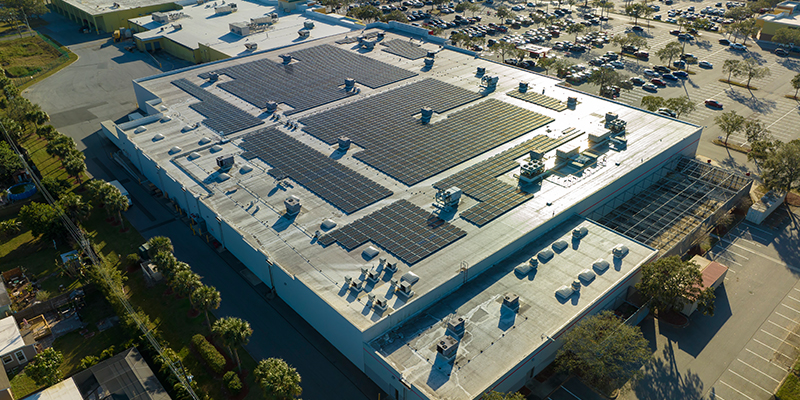Primarily used for the storage of trucks, trailers, containers, large equipment and materials, industrial outdoor storage (IOS) is a unique property type that comes with its share of challenges. A panel of IOS experts took the stage at I.CON West this week in Long Beach, California, to walk attendees through the pressures on this industrial-zoned land and why it’s important to an overall logistics portfolio.
Moderated by Matthew Goelzer, AIA, LEED AP, principal with MG2, panelists included Jennifer Hall, partner, LIDD Consultants Inc.; James Hooks, senior vice president, CBRE; Michael Landsburg, chief development officer, NFI Real Estate; and Richard Weiss, senior vice president, Dalfen Industrial.
Here are takeaways from their conversation:
IOS zoning is tough. Like most real estate, growth follows demand. IOS sites want to be positioned as close to consumers as possible. Look for areas with flexible and expansive zoning, and as one speaker said, search for the “submarket with the best zoning, and even the city block with the best zoning.” If the goal is looking for non-incorporated spaces in areas not close to residents, it’s nearly impossible. Less than 15% of the Southern California submarket meets the criteria.
It’s a functional piece of the supply chain. If a manufacturer or third-party logistics company doesn’t have the yard capacity it needs to support the distribution network, it can’t grow. Container storage is a critical piece of goods movement. When working with economic developers, ask them to keep the bigger picture in mind and remember that IOS is a key part of making supply chains successful.
Challenges are vast in California. Three political headwinds were identified specifically for Southern California: 1) IOS doesn’t create taxable income, although some business taxes are generated; 2) These types of spaces don’t employ many people – one busy yard might employee around three individuals; and 3) Traffic, pollution and noise typically accompany these areas.
There’s no shortage of demand. In distribution facilities, there’s often not enough parking or operations space, creating a need for overflow parking and container yards. Near the Port of Los Angeles, where land constraints abound and space is at a premium, more IOS is needed for companies to avoid dynamic storage pricing or extra fees associated with returning a container to the port too early. On the acquisition side, small deals, unusual sites and less sophisticated owners can make the land purchasing process laborious.
Aesthetics and quality matter. Concrete is the preferred ground surface, as it’s less likely to have pavement failure, and prevents against sinking or tipping. Around the circumference of the space, 14-foot concrete walls around the space offer privacy and safety.
Follow the rules. To avoid penalties, fees and other legal challenges, ensure IOS sites are fully entitled and in compliance with laws and statutes. IOS that pop up in non-zoned places, such as backyards or old farmlands, have an impact on the entire sector. Getting the right approvals and entitlements requires city zoning boards and developers to work together and make smart decisions on where IOS makes the most sense.
One size doesn’t fit all. IOS can be any sort of outdoor storage, from trailers to cars, pipes, pallets and beyond. In what one speaker called the “Class A junkyard,” what works for one tenant may not work for another, and submarkets vary too.

This post is brought to you by JLL, the social media and conference blog sponsor of NAIOP’s I.CON West 2024. Learn more about JLL at www.us.jll.com or www.jll.ca.








